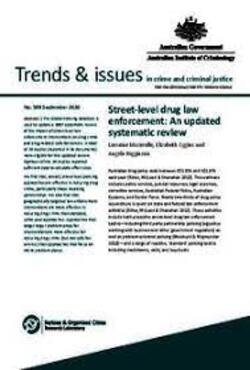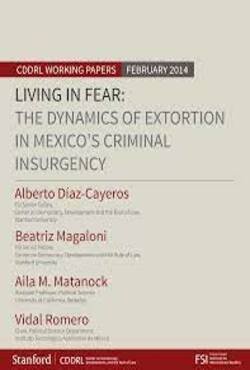By Vera M. Kachnowski, Christine Kitchens, and Cassandra Syckes
The report entitled Weighing the Impact of Simple Possession of Marijuana: Trends and Sentencing in the Federal System updates a 2016 Commission study and examines sentences for simple possession of marijuana offenses in two respects. Part One of the report assesses trends in federal sentencings for simple possession of marijuana since fiscal year 2014. The report then describes the demographic characteristics, criminal history, and sentencing outcomes of federal offenders sentenced for marijuana possession in the last five fiscal years and compares them to federal offenders sentenced for possession of other drug types.
Part Two of the report examines how prior sentences for simple possession of marijuana (under both federal and state law) affect criminal history calculations under the federal sentencing guidelines for new federal offenses. The report identifies how many federal offenders sentenced in fiscal year 2021 — for any crime type — received criminal history points under Chapter Four of the Guidelines Manual for prior marijuana possession sentences. The report then assesses the impact of such points on those offenders’ criminal history category, one of the two components used to establish the sentencing guideline range.
Washington, DC: United States Sentencing Commission (USSC), 2023. 46p.
















